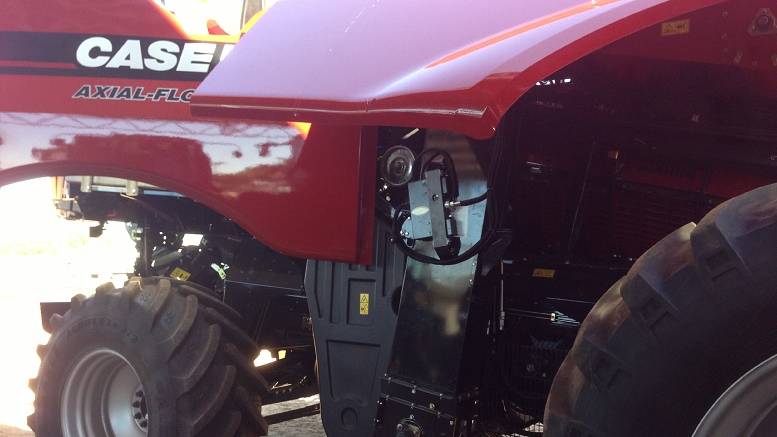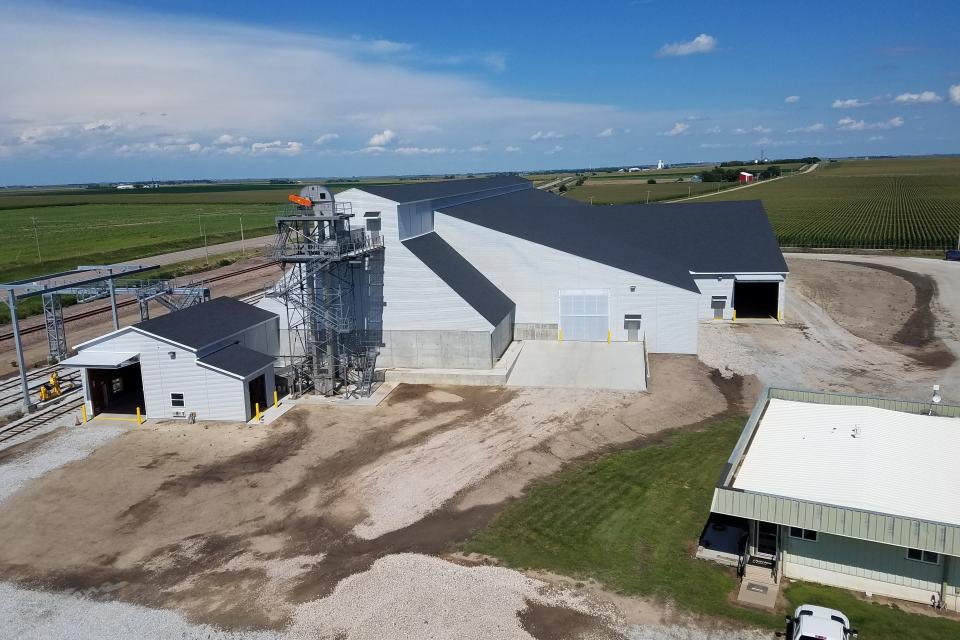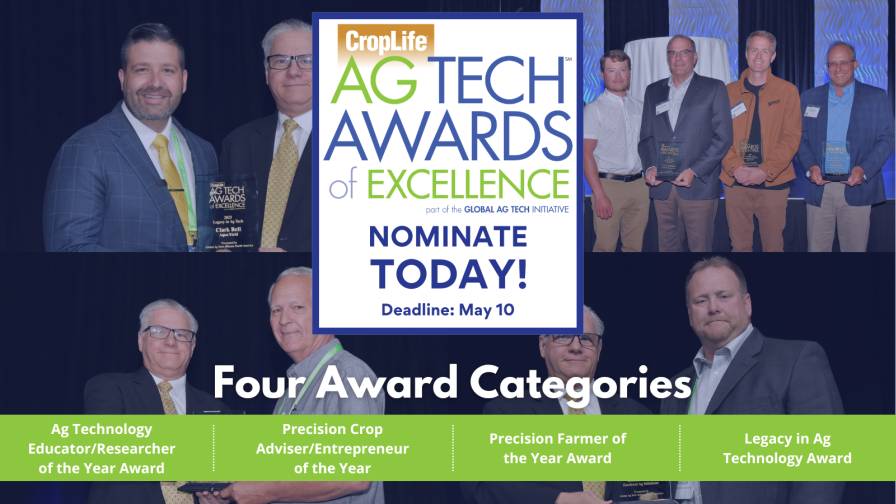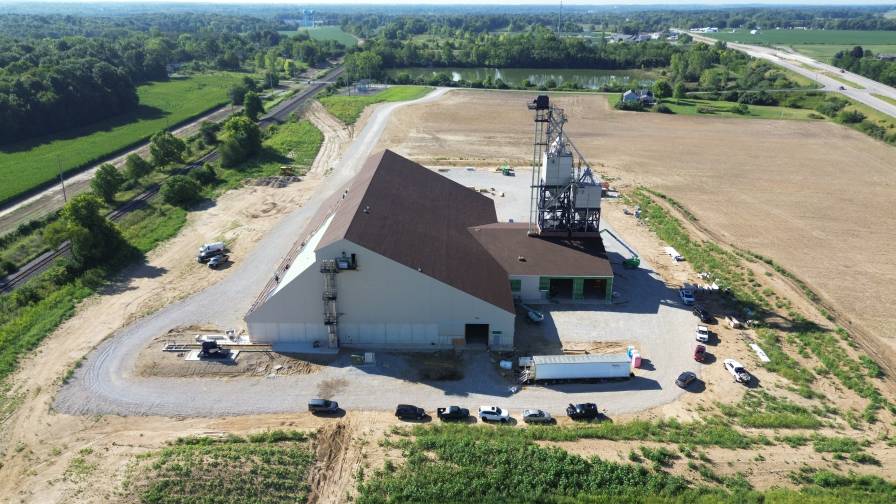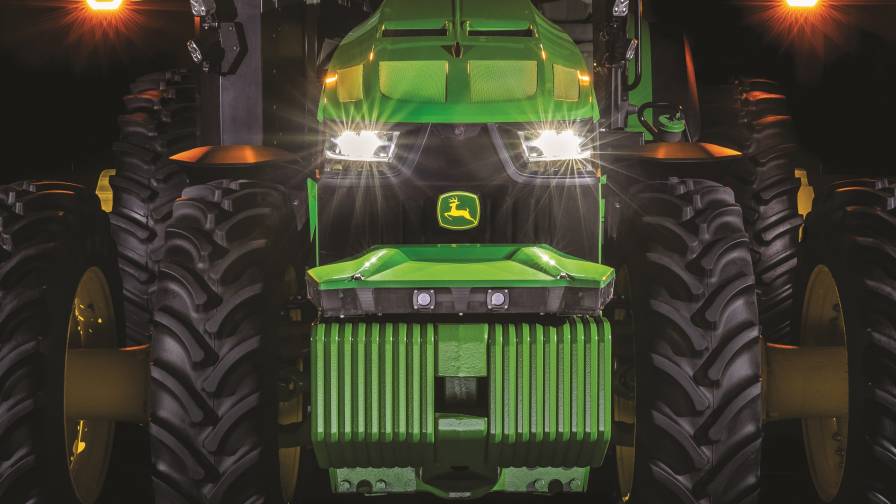The Future in Agriculture, as Shaped by 2022
Recently while driving to work, I happened across a radio news story discussing how the 1973 science fiction film “Soylent Green” viewed what the world would be like in 2022. While the movie earned props for its predictions on climate change and year-round “heat waves,” it (thankfully) missed the mark on the end of printed books (which occurred in 2006, according to the film) and “people as food” (the “secret ingredient” of the film’s title product).
Naturally, this made me think about how the current state-of-the-world in 2022 is likely to shape how agriculture progresses over the next three to five years. Right now, it seems as if two areas could be key drivers in these efforts.
First up, let’s look at technology. For approximately one dozen years now, various agricultural equipment manufacturers have experimented with autonomous vehicles such as tractors. And in mid-2021, Raven Industries formally introduced this concept to the fertilizer spreader marketplace through its autonomous OMNiPOWER unit. In fact, one CropLife 100 ag retailer, Frenchman Valley Coop, started employing an OMNiPOWER this past September.
“We’re always trying to look for more efficient ways to take care of our growers,” said Ben Sauder, Vice President of Agronomy at Frenchman Valley Coop, during the vehicle’s introduction to the market. “This [machine] can run 24 hours a day. We can get more done, less trips across the field.”
Then, just after the new year, John Deere announced it was introducing a new autonomous tractor to the market at the 2022 Consumer Electronics Show. Called the 8R, this unit combines Deere’s 8R tractor, TruSet-enabled chisel plow, GPS guidance system, and new advanced technologies. More importantly, Deere said that this autonomous tractor will be available to growers to purchase later this year.
Given the difficulties the entire world has faced these past few years due to employee disruptions because of COVID-19, it certainly seems as if the stage is set to rapidly accelerate market penetration for all kinds of autonomous vehicles going forward. In fact, I wouldn’t be at all surprised to see some kind of autonomous self-propelled sprayer making its market debut between now and 2025.
The other development that could help shape the future for agriculture comes from the U.S. aviation industry. Late last year, United Airlines successfully completed its first flight running on sustainable aviation fuel (SAF), a 100% renewable fuel made from products such as cooking oil, vegetable oil, and soybean oil. According to United CEO Scott Kirby, this represented an effort by the airline to reduce the company’s carbon footprint.
The SAF used by United was made from sugar and corn instead of soybean oil, but market watchers predict the jet fuel industry could mean big business for U.S. growers. At present, the U.S. is only producing 12 to 14 billion pounds of the necessary products annually. If SAF becomes more widespread, observers say the industry will need to produce approximately 40 billion pounds each year.
So, it certainly seems like these two recent developments could have a long-standing impact on agriculture as the world heads through the rest of the decade of the 2020s.

